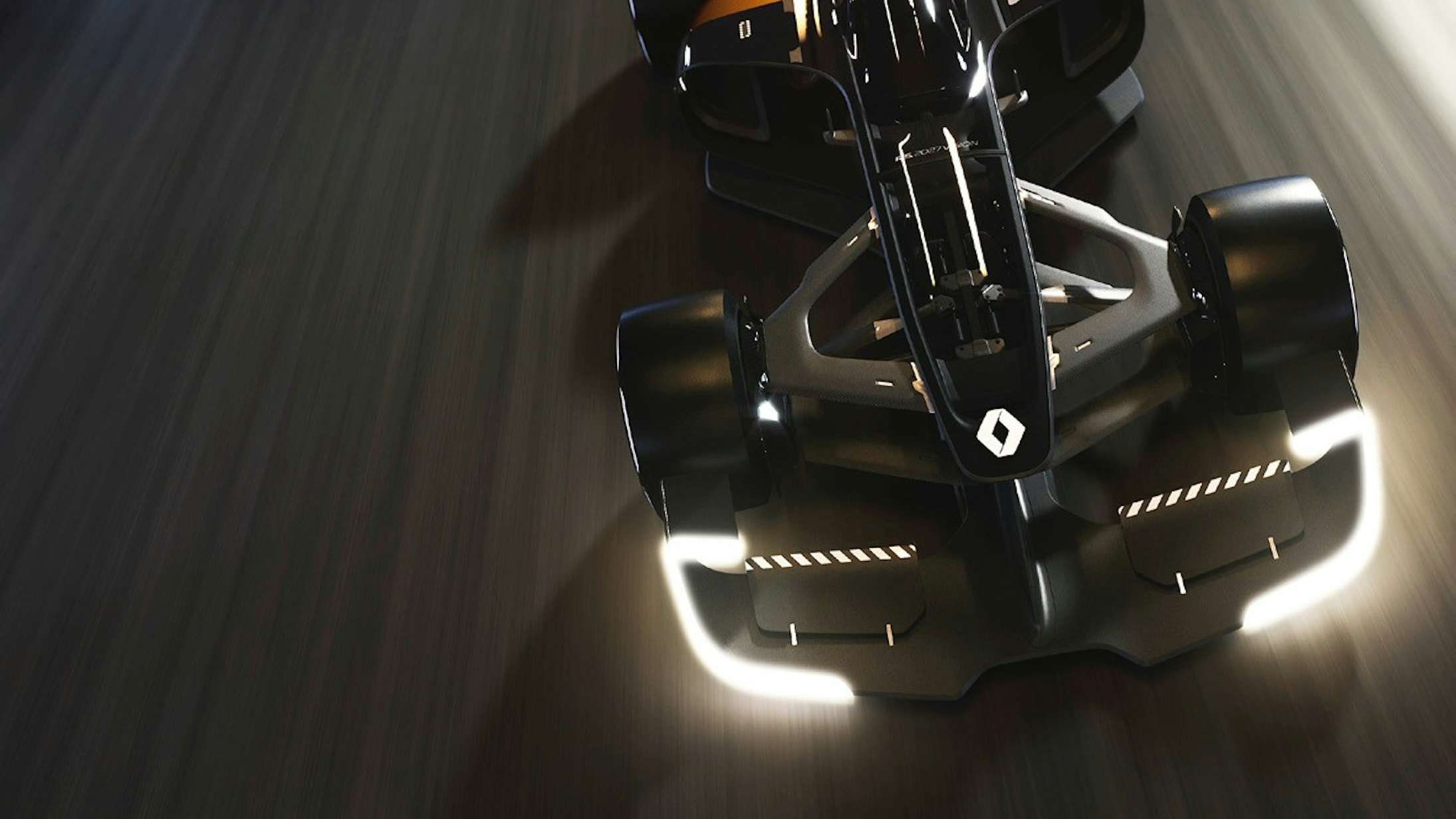
Auto - Tech Talk: Electric Cars & Beyond
General maintenance also was regarded as a “DIY” matter, as confirmed by the old Land Rover driver’s manual right here on my desk. Within its pages, you’ll find instructions on how to renew the filter on the brake system servo, how to check ignition timing, how to top-up the oil in the front and rear differentials and how to adjust the set-up of the steering.
But now many of us don’t even know the location of the hood release catch, let alone what really goes on beneath the large plastic shrouds that typically encase modern power units. The fact is, most of today’s cars should carry a label that reads “no user serviceable parts inside” because they have become so complex that only specially trained technicians have any idea how they really work.
For those of us who used to love tinkering with old school nuts and bolts, it’s beginning to feel like the end of an era — especially with electricity taking over as the automotive fuel of the future. But, we’d better get used to it as cars are only going to get more high-tech, as these recent launches demonstrate…
Aston Martin Valkyrie
Despite Aston Martin’s long-standing reputation for creating manly sports cars with large capacity V8 and V12 engines, it is embracing electric and hybrid power with gusto and recently announced that its all-electric RapidE four-door will be on sale by 2019. In terms of technology, however, no Aston has been as advanced as the remarkable AM-RB 001, now officially known as the Valkyrie. It was developed by the marque in conjunction with Adrian Newey, the celebrated F1 designer, and chief technical officer of Red Bull Racing.
Aston also has partnered with leading firms in their fields, such as engine tuner Cosworth, gearbox specialist Ricardo and EV experts Rimac to give the Valkyrie a 6.5-liter V12, which, in conjunction with a Rimac-built hybrid system, gives the car 1,130 horsepower. In keeping with its high-tech nature, the interior of the car doesn’t feature a conventional instrument cluster, but a series of screens that keep the driver informed of everything from road speed to fuel and power consumption, while a further pair of screens is linked to exterior cameras, which replace conventional rear view mirrors.
Not a single piece of steel has been used in the construction of the car, which, instead, features an all-carbon monocoque running on magnesium race wheels. Aston Martin also makes use of modern technology to tailor-make each car to suit its owner’s dimensions — each buyer is 3D-scanned to ensure the cockpit and driver’s seat configuration is a perfect fit. Just 150 Valkyries will be built, and they will cost a cool $3.2 million apiece.
Rimac Concept One
A decade ago, no one had heard of Bosnian Croat Mate Rimac or his home garage project to build a high-performance electric car based on his broken BMW. Now, however, the Rimac marque is recognized worldwide as the maker of the world’s fastest production EV (Electric Hypercar); partly because of television star Richard Hammond being behind the wheel of a Rimac Concept One when it crashed spectacularly on a Swiss hill-climb course in June.
Accidents aside, the Rimac remains one of the most impressive electric vehicles produced to date and bristles with cutting-edge technology. It’s “All Wheel Torque Vectoring” not only adjusts the power being delivered to each wheel according to the road conditions but also enables the driver to select oversteer, understeer or a “neutral” feel. Low-mounted batteries reduce the center of gravity and, despite offering a range of up to 600 kilometers, take as few as 30 minutes to recharge. Four independent electric motors produce the equivalent of 1,088 horsepower, which enables the Rimac to sprint from standstill to 62 mph in just 2.8 seconds and continue to a governed top speed of almost 190 mph.
A cutting-edge infotainment system, meanwhile, enables the driver to monitor all the car’s systems through a jet-fighter-style head-up display, while a complex Power Distribution Unit controls the car’s drive train and will instantly disconnect individual systems in the event of a potential safety issue.
BMW M760 Li xDrive
BMW’s latest flagship limousine eschews full electric or hybrid power in favor of a traditional, large-capacity gasoline engine; but that doesn’t mean it’s not a decidedly high-tech automobile. The 6.6-liter V12 uses the marque’s latest TwinPower Turbo technology, which enables it to produce 610 horsepower while also returning a combined fuel consumption figure of more than 22 mpg — impressive for a large car with a top speed (in unlimited form) of 189 mph that can also sprint to 62 mph in just 3.7 seconds. The “xDrive” in the name refers to the 760’s intelligent four-wheel-drive system that monitors grip levels and delivers just the right amount of power to each wheel accordingly while retaining a rear-wheel bias in true BMW tradition.
As with many modern vehicles, it’s on the inside where the tech gets really impressive. Safety features include automatic assistance for steering and lane control, a system that detects — and attempts to avoid — potential impact from the side and rear and a semi-automated ‘traffic jam assist’ feature that all but takes complete control in slow-moving lines. There’s also a Formula One-style “launch control” system for ultra-quick getaways, while an in-built tablet computer takes the standard infotainment display to a whole new level. It’s even possible to carry out tasks such as adjusting the volume of the Hi-Fi and accepting or declining phone calls with a mere wave of the hand, while a special phone holder enables wireless, inductive charging of your handset – an automotive first. Even the 760 Li’s key fob is special; it, too, features a touchscreen through which it’s possible to check the fuel level and set the interior temperature well in advance of actually getting inside the car.
Lynk & Co 01
The Lynk & Co 01 isn’t just a new car, it’s an entirely new concept in motoring. Built by a subsidiary of Asian automotive giant Geely and backed by Volvo, the Swedish-designed, Chinese-built mid-sized SUV is claimed to be the most connected car yet. Set to feature both traditional internal combustion engines as well as hybrid power, it is based on Volvo’s forthcoming XC40 model and has been built specifically for the “connected generation.” That means it will be permanently “online” through its own Internet link and will have its own “cloud” data storage system. Its interior has been developed specifically to appeal to anyone who regularly uses a portable device such as a tablet or smartphone. Indeed, smartphones will be integral to the existence of the Lynk & Co 01 because the car will include a free-to-use “share app” feature that enables owners to use their phones to “share” the vehicle with other people. And, rather than being offered in various trim levels in the traditional way, the manufacturer will offer different, fixed-price equipment options based on fashion and technology trends, in addition to an API (application programming interface) that will enable outside developers to input design ideas of their own. It is likely that the cars will be sold directly from the manufacturer via the Internet with the “01” being followed by “02,” “03” and “04” models to reflect the firm’s aim to simplify the act of buying a car. There also may be a subscription system, meaning infrequent drivers only pay for the car when they need it. It seems inevitable, too, that one day your new Lynk & Co vehicle won’t just be delivered to your door, but will deliver itself.
Renault 2027 Vision
It’s well known that automotive technology developed for racing almost invariably trickles down to the road-car market, so Renault’s 2027 Vision — a concept that aims to predict what Formula One cars might be like in 10 years’ time — might contain features that will become familiar to us all.
The hybrid petrol/electric powertrain would produce an eye-watering 1,341 bhp while the entire car will weigh just 600 kilos, making for a power-to-weight ratio of 2,235 bhp per ton, almost double that of a current F1 car. The 2027 Vision could be driven in full-power hybrid mode on the track, but in all-electric mode in the pits or when being led by a safety car — when an autonomous driving mode would ensure it retains its correct place in the pack. The connected technology would not only enable drivers to keep track of one another but also would allow fans to increase the amount of power available to the most popular competitors.
The familiar, open-cockpit design of today’s F1 cars also is replaced with an aircraft-style polycarbonate canopy while the lightweight bodywork could be created from recycled materials using 3D printing.












